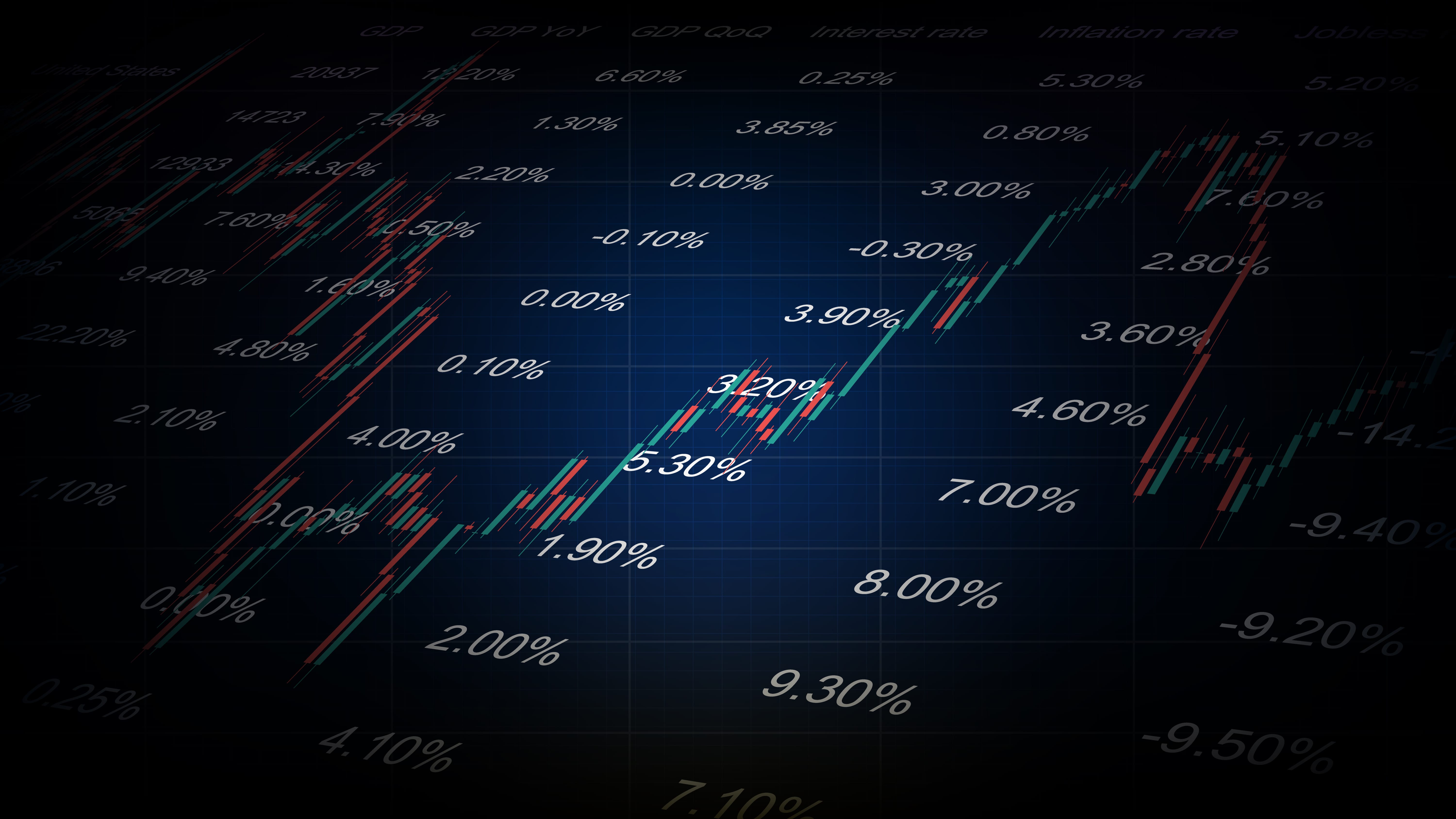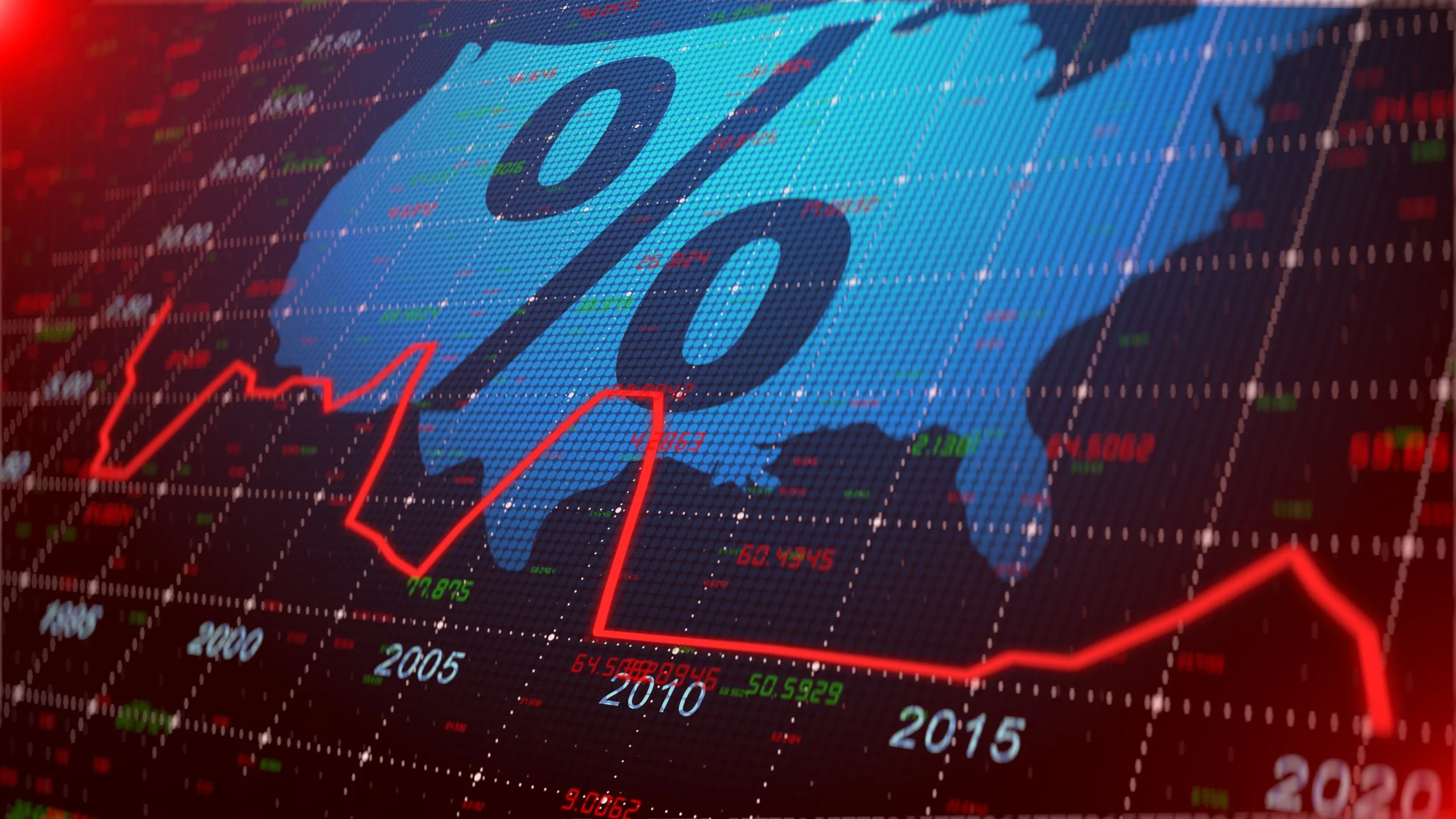Breaking Out: An Overview of Trading Breakouts
When it comes to trading forex, one of the most popular strategies is known as breakout trading. Breakout trading refers to the act of buying or selling an asset once it breaks out of a defined price level, typically a resistance or support level.There are many different ways to trade breakouts, but the most important thing is to have a clear and well-defined strategy. In this article, we will take a look at some of the most essential technical analysis strategies that can be used when trading breakouts in the forex market.
The first strategy that we will discuss is trend line analysis. Trend lines are one of the most basic yet important tools in technical analysis and can be very useful in identifying breakout opportunities. A trend line is simply a line that is drawn connecting two or more price points.
The most important thing to look for when using trend lines is the slope of the line. A steeply sloped trend line is more likely to be a strong support or resistance level, while a flat or horizontal trend line is less likely to be as significant.
Another important factor to consider when using trend lines is the number of times that price has tested the line without breaking it. A breakout is more likely to occur if the price has tested the trend line multiple times without breaking it.
The next technical analysis strategy that we will discuss is Fibonacci retracement levels. Fibonacci retracement levels are horizontal lines that are placed at key Fibonacci levels. These levels are derived from the Fibonacci sequence, which is a series of numbers that start with 0 and 1, and then each subsequent number is the sum of the previous two numbers.
The most important Fibonacci retracement levels for breakout trading are the 23.6%, 38.2%, 50%, 61.8%, and 100% levels. These levels are based on the golden Ratio, which is a number that occurs frequently in nature and is aesthetically pleasing to the eye.
The last technical analysis strategy that we will discuss is support and resistance levels. Support and resistance levels are horizontal lines that indicate where the price has found it difficult to break below or above in the past. These levels can be used to identify potential breakout opportunities.
The most important thing to look for when using support and resistance levels is the number of times that price has tested the level without breaking it. A breakout is more likely to occur if the price has tested the level multiple times without breaking it.
These are just a few of the technical analysis strategies that can be used when trading breakouts in the forex market. The most important thing is to have a clear and well-defined strategy. By using a combination of these technical analysis strategies, you will be better equipped to find and take advantage of breakout trading opportunities.
What are some essential technical analysis strategies for trading breakouts?
One essential technical analysis strategy for trading breakouts is to look for support and resistance levels. Support and resistance levels are price levels where the market tends to reverse direction. By identifying these levels, you can make more informed decisions about when to enter and exit trades.Another important strategy is to use indicators to confirm breakout signals. Some popular indicators include moving averages, RSI, and MACD. By using indicators, you can get a better idea of whether a breakout is likely to be real or false.
Finally, it's also important to manage your risk when trading breakouts. One way to do this is by using stop-loss orders. Stop-loss orders help you limit your losses if a trade goes against you.
By following these essential strategies, you can improve your success in trading breakouts.
What are some things to consider when using trend lines to trade breakouts?
When using trend lines to trade breakouts, it's important to consider the angle of the trend line. A steeper trend line is more likely to represent a real breakout than a shallow trend line. It's also important to consider the location of the trend line. A trend line that is closer to the recent price action is more likely to be accurate than one that is located further away.
Another thing to consider is the time frame you're using. A longer time frame will give you a better idea of the overall market trend, while a shorter time frame will be more sensitive to changes in price.
Finally, it's also important to use other technical indicators in conjunction with trend lines. This will help you confirm breakout signals and make more informed decisions about when to enter and exit trades.
What are some things to consider when using candlestick patterns to trade breakouts?
When using candlestick patterns to trade breakouts, it's important to consider the size of the candlesticks. Larger candlesticks are more likely to indicate a real breakout than small candlesticks. It's also important to consider the location of the candlesticks. Candlesticks that are located close to support and resistance levels are more likely to be significant than those that are not.Another thing to consider is the time frame you're using. A longer time frame will give you a better idea of the overall market trend, while a shorter time frame will be more sensitive to changes in price.
Finally, it's also important to use other technical indicators in conjunction with candlestick patterns. This will help you confirm breakout signals and make more informed decisions about when to enter and exit trades.
What are some things to consider when using Fibonacci levels to trade breakouts?
When using Fibonacci levels to trade breakouts, it's important to consider the location of the Fibonacci levels relative to the recent price action. Fibonacci levels that are located closer to the recent price action are more likely to be significant than those that are not. It's also important to consider the time frame you're using. A longer time frame will give you a better idea of the overall market trend, while a shorter time frame will be more sensitive to changes in price.
Another thing to consider is the use of other technical indicators in conjunction with Fibonacci levels. This will help you confirm breakout signals and make more informed decisions about when to enter and exit trades.
What are some things to consider when using Pivot Points to trade breakouts?
When using Pivot Points to trade breakouts, it's important to consider the location of the Pivot Points relative to the recent price action. Pivot Points that are located closer to the recent price action are more likely to be significant than those that are not. It's also important to consider the time frame you're using. A longer time frame will give you a better idea of the overall market trend, while a shorter time frame will be more sensitive to changes in price.Another thing to consider is the use of other technical indicators in conjunction with Pivot Points. This will help you confirm breakout signals and make more informed decisions about when to enter and exit trades.














